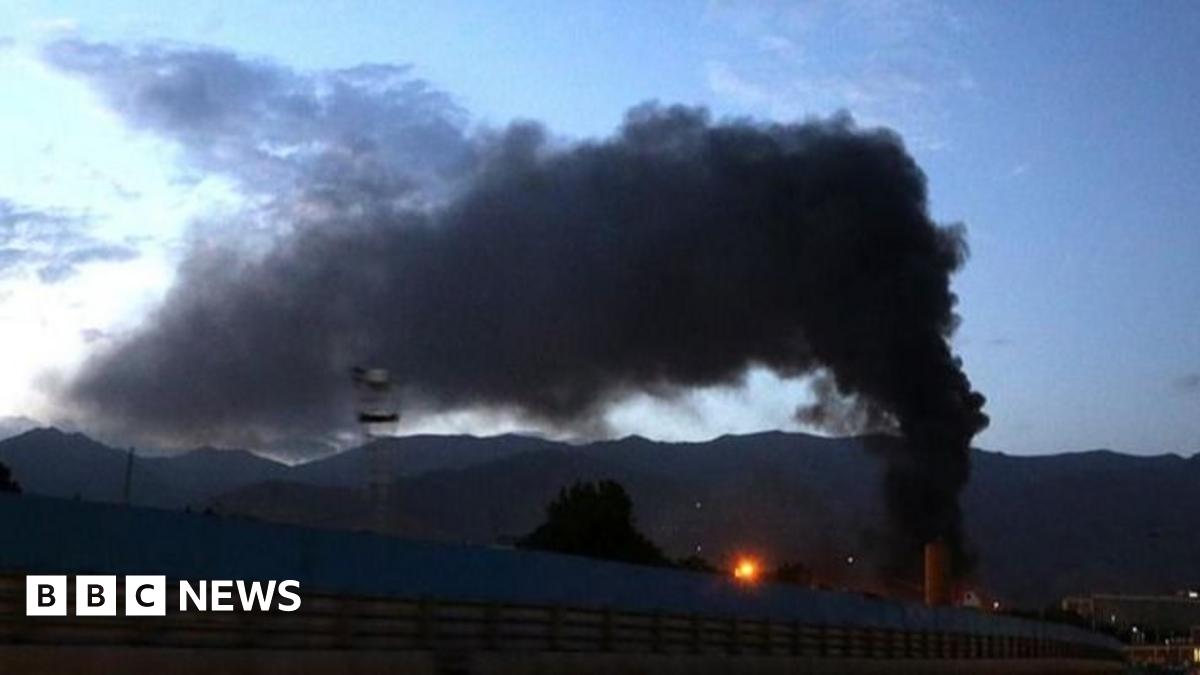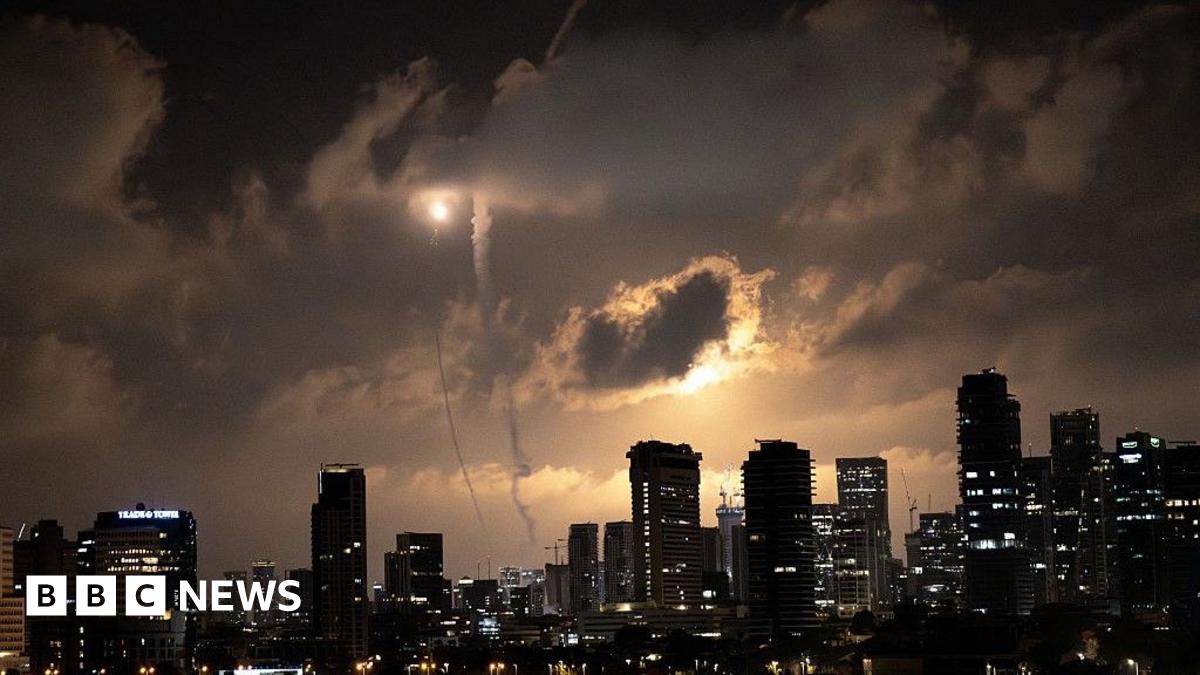Israel-Iran Conflict: Assessing Nuclear Contamination Risks & the Bushehr Power Plant Threat

Israel-Iran Conflict: Assessing Nuclear Contamination Risks & the Bushehr Power Plant Threat
Recent Israeli strikes on Iranian nuclear facilities have understandably raised concerns about potential nuclear contamination. While experts currently assess the risks from these initial attacks as limited, the possibility of a broader conflict, particularly one involving Iran's Bushehr nuclear power plant, presents a significantly more alarming scenario. This article delves into the current risks, the potential consequences of an attack on Bushehr, and the broader implications of escalating tensions.
Limited Risks from Recent Strikes - For Now
The initial Israeli strikes, primarily targeting facilities linked to Iran’s nuclear program, have not resulted in widespread contamination, according to various experts in nuclear safety and security. These facilities are designed with safety measures intended to contain radioactive materials. However, it's crucial to understand that 'limited risk' doesn't equate to 'no risk.' Damage to equipment and infrastructure, even without a full-scale release of radioactive material, can still lead to localized contamination and pose challenges for cleanup and monitoring.
The Bushehr Power Plant: A Critical Vulnerability
The primary source of serious concern is the Bushehr nuclear power plant, Iran’s only operational nuclear reactor. Built with Russian assistance and commissioned in 2018, Bushehr is a VVER-1200 reactor, a design known for its safety features. However, even the safest reactor is not invulnerable to military attack. A direct hit or even significant nearby damage could trigger a cascade of events leading to a nuclear disaster.
Potential Consequences of an Attack on Bushehr
- Radioactive Release: The most immediate and devastating consequence would be the release of radioactive materials into the atmosphere, contaminating surrounding areas and potentially impacting regions far beyond Iran's borders.
- Reactor Meltdown: Damage to the reactor core could lead to a meltdown, releasing massive amounts of radiation.
- Environmental Contamination: Soil, water sources, and agricultural land would be contaminated, rendering them unusable for extended periods.
- Human Health Impacts: Exposure to radiation can cause a range of health problems, from acute radiation sickness to long-term cancer risks.
- Regional Instability: A nuclear incident in Bushehr would have profound regional and global implications, potentially triggering a humanitarian crisis and further escalating geopolitical tensions.
International Concerns & Mitigation Efforts
The International Atomic Energy Agency (IAEA) has expressed serious concerns about the potential for damage to nuclear facilities in the region. The IAEA’s safeguards are designed to monitor nuclear materials, but they are not intended to prevent military attacks. Diplomatic efforts to de-escalate the conflict and ensure the safety of nuclear facilities are paramount. Furthermore, robust emergency response plans and international cooperation would be essential to mitigate the consequences of any incident.
Conclusion: A Precarious Situation
The current situation between Israel and Iran is deeply precarious. While the risks from recent strikes appear limited, the potential for a catastrophic nuclear incident at Bushehr remains a grave concern. De-escalation, diplomatic solutions, and a commitment to nuclear safety are urgently needed to prevent a disaster with far-reaching consequences.






